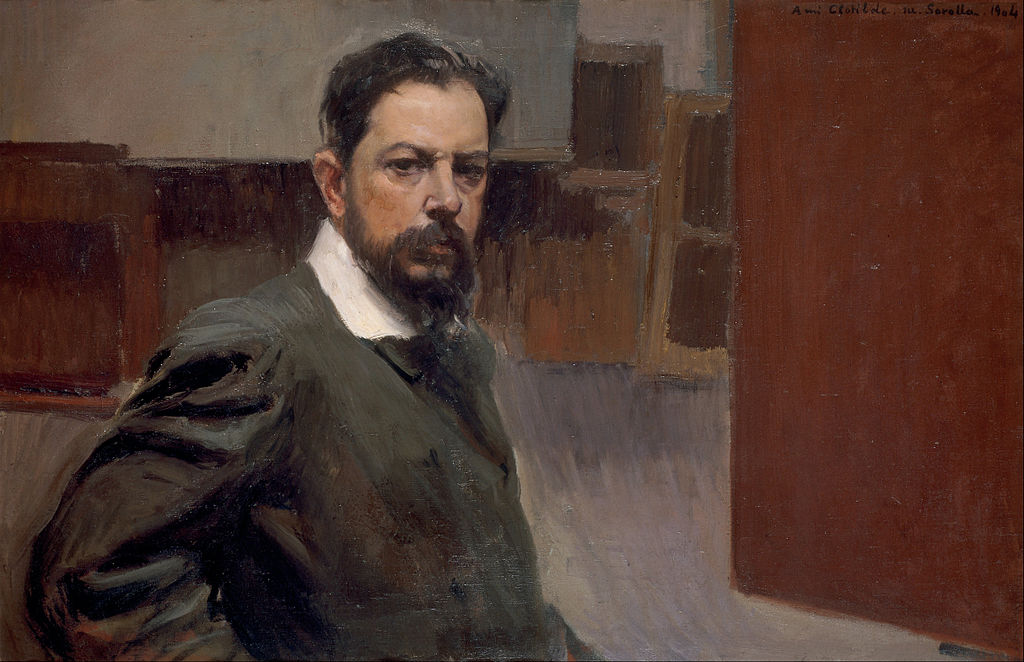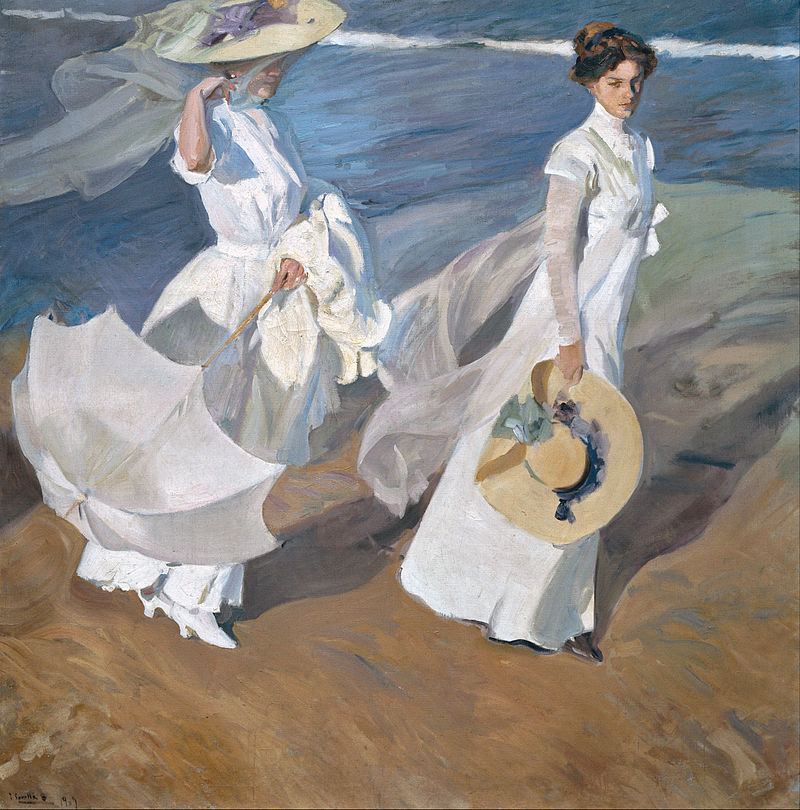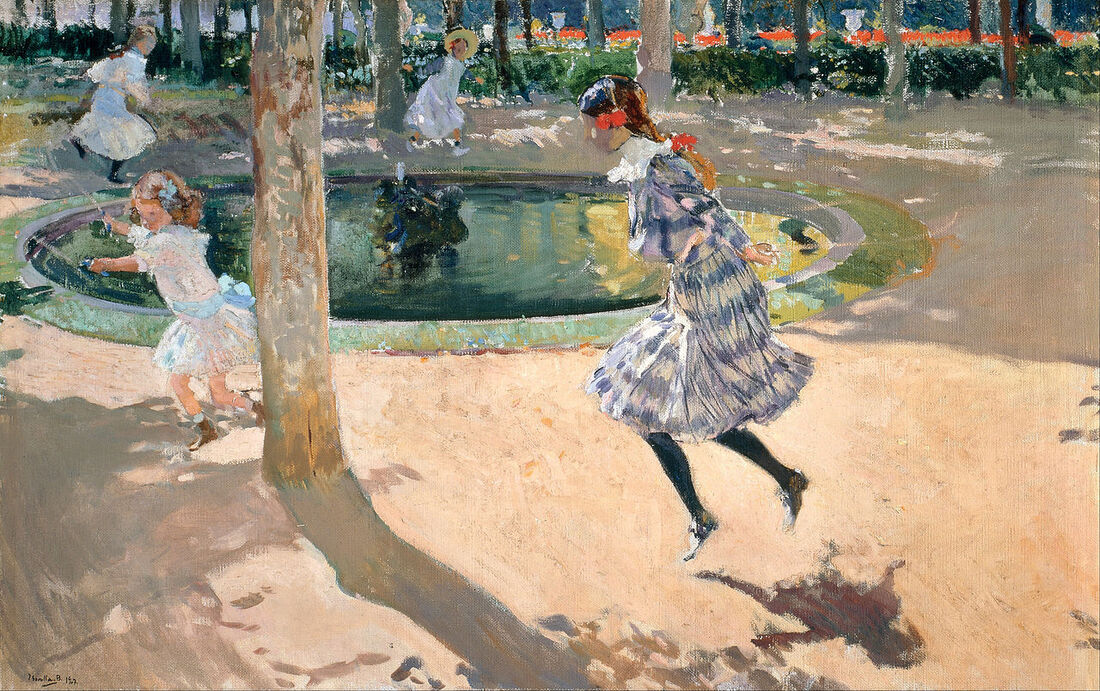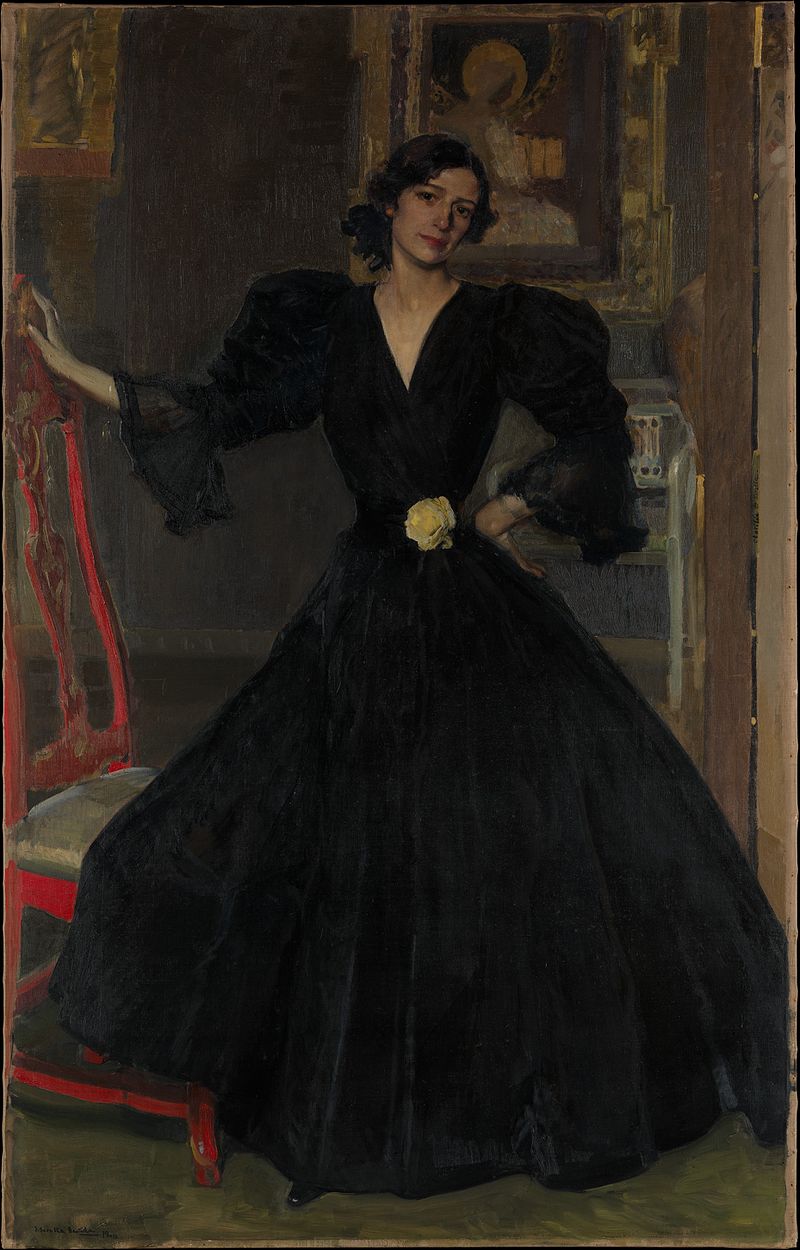"Sorolla: Spanish Master of Light" “Sorolla: Spanish Master of Light” at the National Gallery in London features 58 works by Joaquín Sorolla y Bastida (1863–1923). It includes works from the National Gallery's collection as well as works on loan from private collections and other museums.
When people think of Impressionism, they tend to think of France. Yes, there were foreigners like Mary Cassatt, who participated in the Impressionist exhibitions, John Singer Sargent who was a friend of Claude Monet and who painted with him and Vincent Van Gogh who became a member of the Impressionist circle for a time. However, the overwhelming majority of Impressionist masters were French. Indeed, even though Alfred Sisley had British citizenship, he was born in Paris and lived and worked in France. But there were artists in other countries who were working in an Impressionistic style roughly contemporaneously with the French masters. One of the best of these was the Spanish artist Sorolla. Born into a poor family in Valencia, Sorolla was orphaned by the time he was two. He was raised by his maternal aunt and uncle. Showing a talent for art at an early age, Sorolla was enrolled at Valencia's Academy of San Carlos. He then went to Madrid where he copied the works of Velazquez and other Spanish old masters at the Prado. After completing his required military service, Sorolla obtained a grant that enabled him to study in Rome. Sorolla's early works were traditional in style and tended to focus on history painting. However, in 1885, during a visit to Paris, he was exposed to contemporary painting. Subsequently, he adopted the Impressionist style, working rapidly to capture transient light effects and preferring plein air painting to studio work. While Sorolla clearly became an Impressionist, his work is not an imitation of the work of the French Impressionist masters. You would not confuse a Sorolla painting with one by Monet or Renoir. Rather, Sorolla took the Impressionist approach and made his own style. He combined this style with his interest in depicting narrative and anecdotal themes. His first major success was with “Another Marguerite,” a painting showing a woman in custody for murdering her children. The painting won medals and prizes in Spain and abroad. Sorolla became an internationally acclaimed artist. As the exhibition demonstrates, Sorolla did not limit his work to one type of subject. During one period in his career, his paintings often had a social message. For example, one of his best known works was “Sad Inheritance,” which showed children crippled by hereditary syphilis on a beach. The message is intensified by the contrast between this scene and the joyous scenes of people enjoying Valencia's beaches that were one of Sorolla's favorite subjects. Sorolla was also a successful portrait painter. He won a competition to paint a portrait of U.S. President William Howard Taft and painted many prominent society figures. For these, he used a darker, more somber palette, perhaps inspired by his earlier study of Velazquez and Goya. His portraits are reminiscent of those of his friend Sargent. Like Sargent, Sorolla was successful in capturing not just a likeness but something of the personality of the sitter. In addition, Sorolla painted murals. In 1912, the Hispanic Society of New York commissioned to paint a set of murals entitled “Vision of Spain.” For these, Sorolla traveled throughout Spain, painting its people and landscape. While the murals are in New York, the exhibition includes some of Sorolla's preparatory work. Still, where Sorolla really shined was in his paintings of his family and in scenes of everyday life. In these the vibrant light corresponds with the joy of life. As above, Sorolla's credentials as a serious thinker are established elsewhere in the exhibition and so the positive message of these works cannot be readily dismissed. |
A self-portrait by Sorolla.
Above: Sorolla, "Strolling Along the Beach".
Below: Sorolla, “Skipping Rope.” Sorolla, Portrait of the artist's wife.
|
Art review - National Gallery (London) - “Sorolla: Spanish Master of Light"



